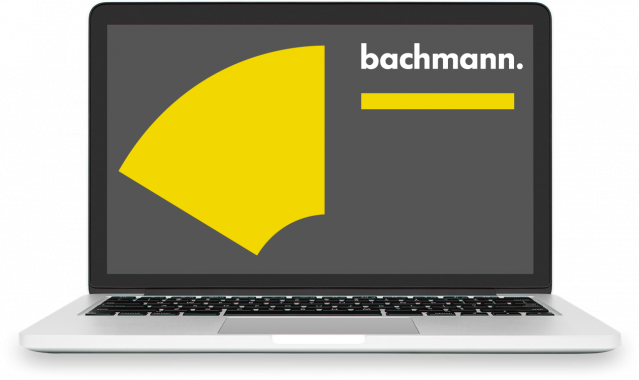IEC 60870-5 Client and Server
For communication in accordance with
IEC 60870-5-101, -103 and -104
Application areas
The remote control protocol, according to standards IEC 60870-5-101 and IEC 60870-5-104, is widely used in power generation, power distribution and infrastructure areas. They enable the control and monitoring of intelligent sub-components and SubDevices through a superordinate control center. The palette of these sub-components ranges from circuit breakers, converters, and energy meters to combined heat and power units up to complete power plants. The IEC 60870-5-103 standard was defined especially for communication with protective devices.
Product features
The IEC 60870-5 service is installed purely as a software component on the controller and requires no special hardware. It uses the serial interfaces (-101, -103) or the Ethernet ports (-104) available on the controller. Through configuration of multiple instances, simultaneous operation of -101, -103, and/or -104 is possible, the function as master or slave can be selected per instance. It is possible to connect multiple external masters by creating multiple slave instances. Multiple redundant masters are also possible for each instance.
Client (Master)
Each instance of the master connects automatically to the assigned external slave device, sends a general interrogation and receives the interrogated values as well as the values transmitted spontaneously from the slave. These values are represented as channel values and are available to the user immediately without any additional programming effort. Values can be sent in the direction of the command by simply writing to an output channel. As a result, the slave can be operated as easily as a local I/O module.
Event-driven reception of the slave data is possible for more complex applications. Additional library functions are available for special functions such as setting the time of the slave, meter readout etc..
Server (Slave)
The information objects that the server offers in the command and monitoring direction, are linked to the controller with existing process variables, via the configuration. No change to the programming code is necessary for this. A different data model can also be created for different clients.
To reduce the communication load, a threshold filter can be enabled. Values that are outside of defined Min/Max limits are marked as invalid and will only be transferred again when they return to the valid range. No implementation by the user is necessary for this. A monitor in the SolutionCenter shows the current configuration of information objects used in the server, and the value most recently transmitted to the client.
The log-in of clients can be restricted by specifying a permitted IP address, and the number of simultaneous client connections can also be limited. Write accesses can be captured in the security log of the controller; the user-dependent management of access rights is also effective for IEC 60870.
Engineering
Easy to use tools for configuration of the client and server are available in the SolutionCenter. The master is configured like a local I/O module on whose channels the information objects of the external devices are represented in monitoring and command direction
There is a table editor for the slave for generating the outwardly visible information objects. The link to the process data takes place by selecting the corresponding SVI variables from a variable browser. To exchange the configuration using other tools, import and export functions of a generic CSV format are available.
Advantage
Existing software for sequence control and regulation does not need to be changed and will not be affected in its runtime. Thus it can be flexibly responsive to final customer requirements without changing the existing tested software for control and regulation of the substation. Through realization as a finished server with integrated update- and threshold logic, tedious replication of the protocol functions via limiting PLC libraries, and the associated training efforts in the standard, is eliminated. Engineering and testing time can thus be reduced, and the integrated diagnostics shorten the troubleshooting in the event of malfunctions during operation.
The diverse communication possibilities via fieldbuses and real time Ethernet, the broad range of signal interfaces to grid measurement, as well as powerful mass storage make the M200 system in connection with the remote control protocol of the series IEC 60870-5-10x ideally suitable for use as a controller, central control, data concentrator, data logger and gateway.
Technical data
- Standard compliant implementation of IEC 60870-5-101, -103, -104 client and server
- Subsequently installable service/software solution
- No change to the application logic is necessary
- Fully configurable / no application-specific processing via PLC libraries required
- Configurator for commissioning and diagnostic monitor in the SolutionCenter
- Import/export of the slave configuration in CSV format for exchange with other manufacturers
- Reducing the amount of data via configurable threshold filters
- Number and IP addresses of permitted clients can be limited
- Logging of write accesses in the security log of the controller
- Easy and fast start-up including diagnostics without any programming effort
- The remote control protocol can be operated like a simple I/O module
